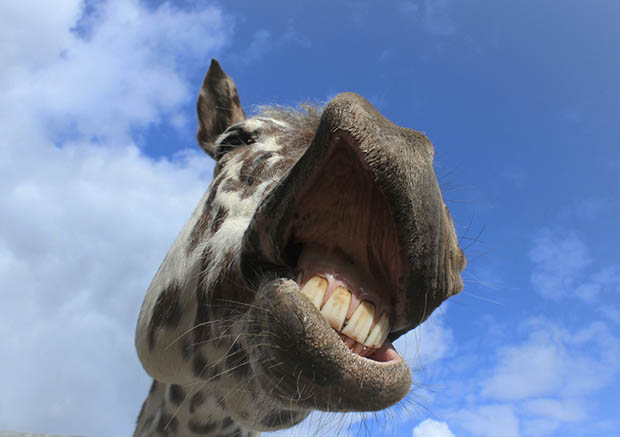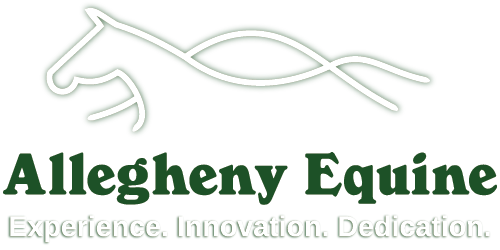Strangles
January 25, 2015
2015 Summer Newsletter
July 20, 2015Equine herpes virus 1 (EHV-1) has already been in the news several times this spring with cases here in Pennsylvania as well as Ohio, Michigan and other states. Although EHV – 1 most commonly causes respiratory infections (rhinopneumonitis), it is more famously associated with abortion storms and the highly contagious neurologic form of herpes, Equine Herpes Myeloencephalitis (EHM).
Our office has had many calls and questions regarding EHV so we want to encourage you to become familiar with the common signs, modes of transmission, preventative measures, and quarantine procedures of EHV-1, in particular the neurologic form EHM.
Clinical Signs of EHV/EHM
Horses infected with EHV-1 may initially show signs of lethargy, reduced appetite, fever (>101 F), cough, or nasal discharge. Horses that progress to develop the neurologic form of herpes will then develop signs of weakness, difficulty walking or standing, or a “drunken” gait. These gait deficits are particularly common in the hind limbs and affected horses may become unable to rise. Another classic sign of EHM is that horses may have difficulty urinating; they may posture to urinate but only dribble urine. They may also have reduced tail tone and difficulty passing manure.
Transmission
EHV is transmitted via the spread of nasal secretions from the horse shedding the virus. This can be via nose-to-nose contact, coughing and aerosolizing the viral particles, or contamination of common areas such as feed bins, stall walls, or on the clothes or hands of the horse handler. Some horses may be latently infected with the herpes virus (carriers), and they may reactivate and shed this virus during times of stress (traveling, showing, training).
Preventative Measures for EHM
At this time, there is no vaccine that prevents the neurologic form of herpes. However, horses that are not vaccinated for EHV-1 (rhino vaccine) are more likely to get the disease and may get a more severe form of the disease. It is recommended that any horse at risk for exposure to EHV-1 receive a rhino vaccine at least every 6 months. Pregnant mares should be vaccinated for EHV-1 more often. Please contact your veterinarian to determine an appropriate vaccination plan for your horse.
Any horse that comes into contact with other horses could be at risk for EHV-1 exposure, and horses may not show signs of EHV-1 infection for up to 3 weeks after exposure. If your horse has been exposed to a horse suspected of having EHM, your veterinarian may recommend antiviral therapy for your horse as well as quarantine.
EHV-1 Quarantine
In the event that a farm is diagnosed with EHV – 1 (either form: respiratory or neurologic herpes), horses on that farm must be quarantined for a minimum of 21 days after the last clinical sign of disease to prevent spread of the disease. Your veterinarian can help you to formulate a plan to minimize the threat and spread of disease on your farm and the need for testing to determine if the horses.
For additional information on EHV-1 and EHM, you may wish to reference:
Please contact our office if your horse is due for an EHV-1 vaccination or if you feel your horse is experiencing signs of EHV-1 infection.
